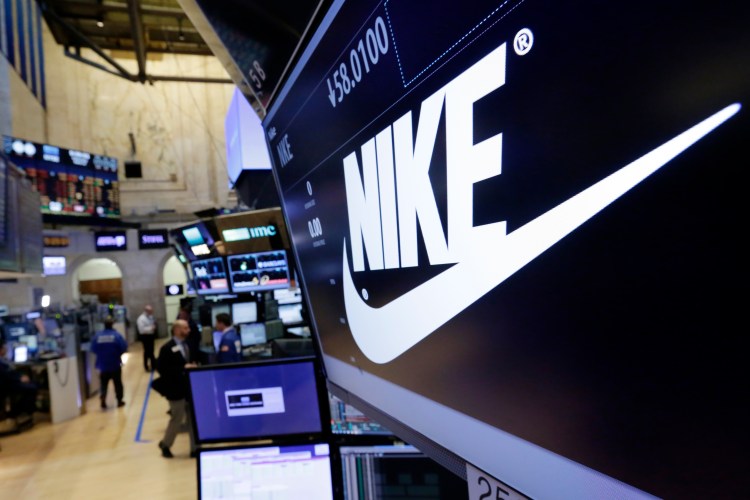NEW YORK — Nike wants to be more nimble on its feet.
The sneaker maker said Thursday that it plans to focus on the hottest-selling sneakers, slash the number of styles it offers and sell more shoes directly to customers online as part of a restructuring in which it also will cut about 1,400 jobs.
Nike said the moves will help it offer products to customers faster as it faces increasing competition from smaller brands and premium labels. Another problem: The running and basketball shoes Nike is famous for may be outdated.
More people are choosing fashion over function, with sales of classic sneakers industry-wide climbing 26 percent last year, according to research from The NPD Group. Meanwhile, sales of running performance sneakers were flat and sales of basketball performance sneakers dropped, according to the same report.
“Nike missed the fashion shift away from performance basketball to retro,” said Matt Powell, the sports industry analyst at NPD. “They still have not caught up.”
Adidas, whose casual Stan Smith shoes have become popular again, has made a push to increase sales in the U.S. The German company said last month that first-quarter revenue in North America jumped 31 percent from a year before. And on the high end, Neiman Marcus noted to investors last week that sneakers, with an average retail price of $360 per pair, have become a significant business as shoppers focus on a more casual lifestyle.
“The increase in speed of innovation and delivery is a direct response to the expectations of today’s consumers,” analysts at Susquehana Financial Group said about Nike’s moves.
Nike, known for its swoosh logo, will also make its sneaker-selling apps available in more countries at a time when online sales mean many big retailers and department store chains are closing stores.
“We’re getting even more aggressive in the digital marketplace,” said CEO Mark Parker.
Nike said a main focus will be the 12 key cities in 10 countries that it expects to represent more than 80 percent of its projected growth through 2020. Those cities include New York, Los Angeles, London, Paris, Milan, Mexico City, Tokyo, Seoul, Shanghai and Beijing.
“It appears to us that everything Nike is working on is a brand-first story. If the initiatives don’t help the Nike brand, they do not happen,” the Susquehana analysts said.
They said customers will barely notice the decrease in styles given the breadth of options Nike offers.
Send questions/comments to the editors.



Success. Please wait for the page to reload. If the page does not reload within 5 seconds, please refresh the page.
Enter your email and password to access comments.
Hi, to comment on stories you must . This profile is in addition to your subscription and website login.
Already have a commenting profile? .
Invalid username/password.
Please check your email to confirm and complete your registration.
Only subscribers are eligible to post comments. Please subscribe or login first for digital access. Here’s why.
Use the form below to reset your password. When you've submitted your account email, we will send an email with a reset code.